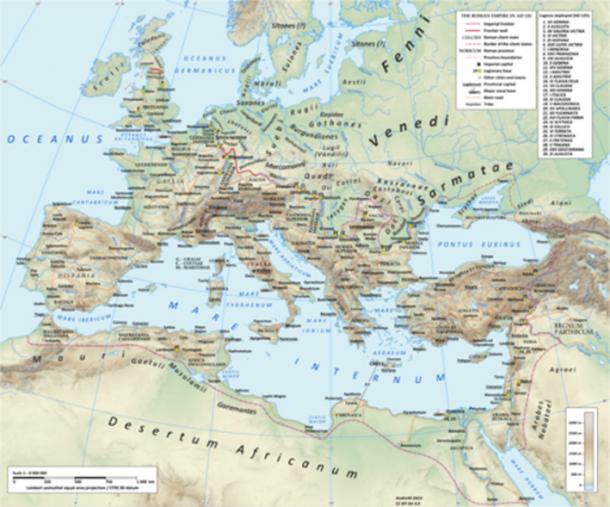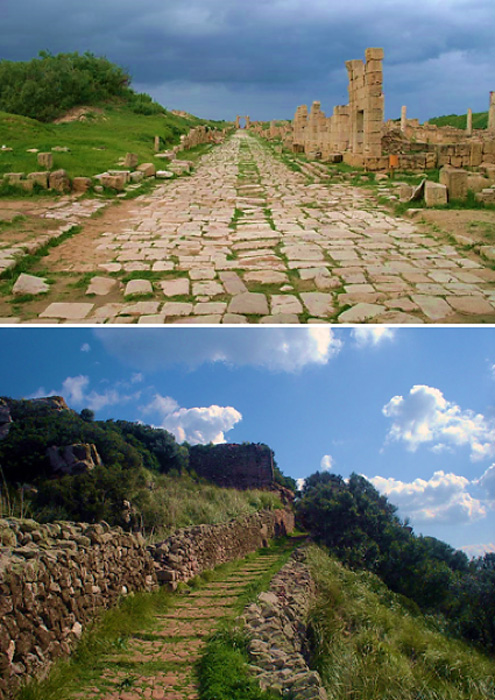Ancient Roman Roads
The Romans were renowned as great engineers and this is evident in the many structures that they left behind. One particular type of construction that the Romans were famous for is their roads. It was these roads, which the Romans called viae, that enabled them to build and maintain their empire. How did they create this infrastructure that has withstood the passing of time better than most its modern counterparts?
Roads of All Kinds
It has been calculated that the network of Roman roads covered a distance of over 400,000 km (248,548.47 miles), with more than 120,000 km (74,564.54 miles) of this being of the type known as ‘public roads’. Spreading across the Romans’ vast empire from Great Britain in the north to Morocco in the south, and from Portugal in the west to Iraq in the East, they allowed people and goods to travel quickly from one part of the empire to another.
Why are the most advertised Gold and Silver coins NOT the best way to invest?

The Roman empire in the time of Hadrian (ruled 117–138), showing the network of main Roman roads. ( CC BY-SA 3.0 )
The Romans classified their roads into several types. The most important of these were the viae publicae (public roads), followed by the viae militares (military roads), then the actus (local roads), and finally the privatae (private roads). The first of these were the widest, and reached up to 12 meters (39.37 ft.) in width. Military roads were maintained by the army, and private roads were built by individual landowners.

Two examples of ancient Roman roads: one at Leptis Magna, Libya (top) ( CC BY-SA 3.0 ) and another at Santa Àgueda, Minorca (Spain) (bottom). ( Public Domain )
The post Ancient Roman Roads appeared first on LewRockwell.
Leave a Reply